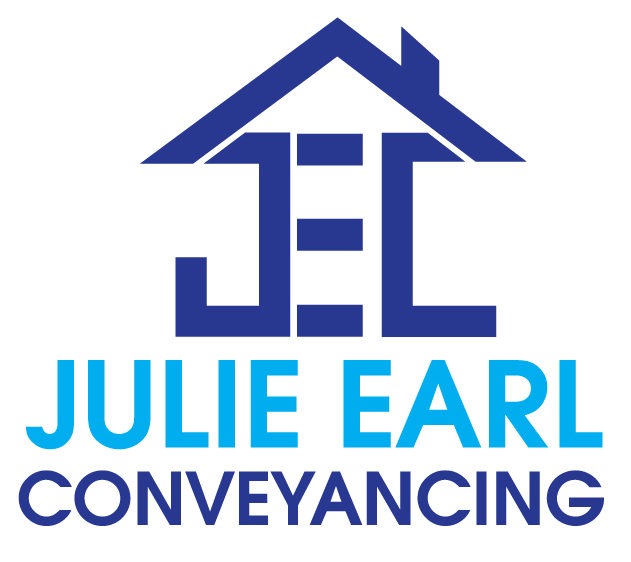If you’ve decided to sell your property, the first task is to appoint a listing agent (unless you are selling the property yourself) and then have the Contract for Sale drawn up and provided to you and/or your agent. As the Contract must include all documents prescribed by law, your conveyancer will ensure that the Contract is compliant with legislative requirements.
At this time, you will also need to consider a number of factors, including (but not limited to):
• Items you wish to specifically exclude from the sale eg ornaments or pot plants in the garden
• Length of time you require for settlement
• Whether you wish the sale of your property to be conditional upon the purchase of your next property.
Each Contract for Sale is different, so it is important that you discuss your situation and disclosure responsibilities in detail with your conveyancer.
Once a purchaser has been found and the terms of the sale negotiated, any amendments of the Contract will be made and the Contract will be signed by both parties, a deposit will be paid and the Contract will be exchanged. Your conveyancer then gets to work on organising a discharge of the mortgage (if applicable), ordering of any further certificates required, booking settlement and attending to all other behind the scenes requirements prior to settlement.
Settlement will take place either physically or via PEXA, the electronic settlement platform. If you are interested in learning more about PEXA, see https://www.pexa.com.au/ .
Once settlement takes place, the real estate agent will be authorised to release the deposit to you, less any fees and commission.
Contact me to discuss your requirements.

